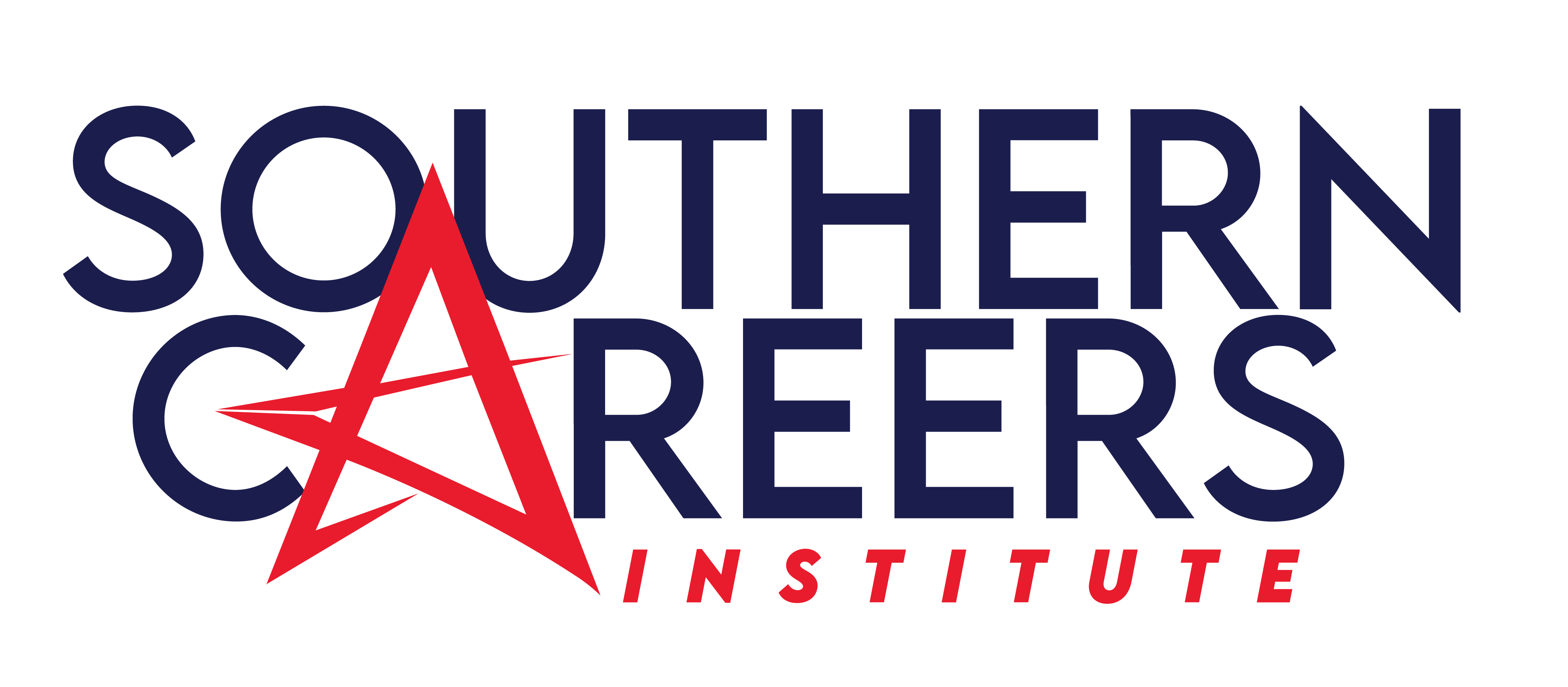Did you know there are different types of welding? While all these methods achieve the same thing, how they operate is what sets each apart. This difference in operation makes one type of welding suitable for certain kinds of applications in comparison to the others. Let’s take a look at four of the most popular welding types.
MIG Welding
This type is also known as Gas Metal Arc Welding. Many welding enthusiasts consider it to be one of the easiest for beginners to learn and master. It\’s a type of arc welding involving bare wires, of which there are two types: an electrode and a flux core.
The electrode MIG welding operates by feeding a wire through the welding gun. A shielding gas accompanies it to protect the new weld from contamination. Flux core welding is suitable for outdoor use as it does not require a gas supply.
MIG welding is suitable for auto industry repairs, construction, and renovations. It\’s also a favorite of enthusiasts.
TIG Welding
Experts refer to this type as Gas Tungsten Arc Welding. It is also an arc type of welding but utilizes a tungsten rod to create a bond between two pieces by fusion. The TIG welding process also requires a gas supply such as argon or helium.
TIG welding is a two-handed job, as one hand holds the TIG torch while the other feeds into the tungsten rod. The ability of tungsten to bond with many diverse metals makes it a very versatile process, and also a tad more difficult technique to master.
Professionals in aerospace and other industrial markets prefer this welding technique.
Stick Welding
Stick welding is also known as shielded metal arc welding. It\’s an old-fashioned technique, which many love for its portability and ease. This method utilizes a metal electrode stick with a protective cover. Whenever a current is passed through it, the stick and the protective cover combine with the metals through an arc. The protective cover is meant to shield the melting stick from contamination by oxygen and other present gases.
By merit of being an older technique, stick welding is widespread in industries ranging from construction and underwater pipeline repair to industrial fabrication, among others.
Flux Cored Welding
Flux Cored Arc Welding is quite similar to MIG welding as they both use a continuous wire core and other supplies. In this case, the electrode consists of a hollow tube through which flux passes through the gun. In cases where outdoor welding is necessary, a gas shield covers the flux core welding to protect against contamination and weather elements.
Flux Core Welding is the best method when handling thicker metals, and also during machining processes.
Does Welding Seem Like Something You Are Interested In?
As you can see, you can achieve a lot with welding certification. All you need to do is visit a trade school to start. What better school to enroll in than the Southern Careers Institute? You are going to get hands-on training for a quick, new career.
If you\’d like to learn more about how welding can give you a new lease on life, visit this page to learn more about how you can start.











